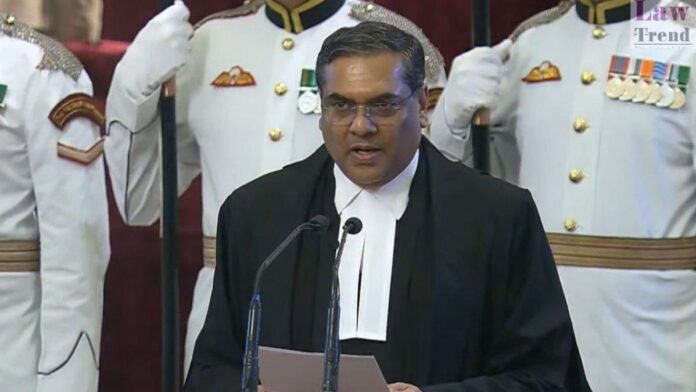In a decision that breaks with tradition but underscores a commitment to pragmatism, Justice Sanjiv Khanna, upon his recent appointment as the Chief Justice of India, has opted not to move into the official residence typically occupied by the nation’s highest judicial officer. The residence, located at 5, Krishna Menon Marg, will remain vacant as Justice Khanna chooses to stay in his current dwelling, citing the brief and busy nature of his tenure as a compelling reason to avoid the upheaval of a move.
Appointed to serve as the Chief Justice for a mere 183 days before his retirement on May 13, 2025, Justice Khanna’s approach is to focus fully on the judicial responsibilities at hand without the distractions of relocation logistics. His decision reflects a broader philosophy of valuing judicial efficiency and continuity over ceremonial aspects of the role.
Justice Khanna was sworn in as the 51st Chief Justice of India in a ceremony at Rashtrapati Bhavan, officiated by President Droupadi Murmu. His legal career, spanning several decades since 1983, has been marked by significant contributions to various areas of law, including taxation and constitutional matters.
Throughout his tenure at the Supreme Court, Justice Khanna has been involved in pivotal rulings, such as the affirmation of the abrogation of Article 370 and decisions promoting transparency in electoral funding. He has also been at the forefront of upholding the integrity of electoral processes and ensuring fair judicial proceedings in high-profile cases.
By remaining in his current residence, Justice Khanna not only simplifies his personal logistics but also sends a clear message of his dedication to a seamless and effective judicial tenure. This choice is aligned with his reputation for focusing on substance over symbolism, ensuring that his limited time as Chief Justice is spent enhancing the court’s work rather than accommodating traditional transitions.




